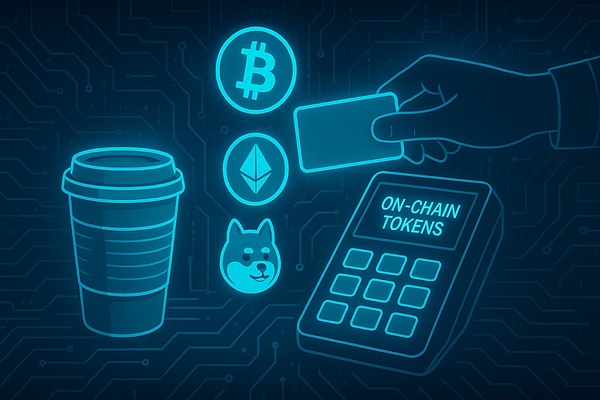The European Central Bank recently announced that its "Digital Euro" project has entered its next phase: if the relevant regulations are passed in 2026, a pilot program is expected to begin in 2027, with official issuance in 2029. This is undoubtedly a bombshell for digital currencies, stablecoins, and crypto projects on the payment chain—not only does it signify the substantial arrival of the Central Bank Digital Currency (CBDC) era, but it also means that the traditional stablecoin ecosystem, on-chain payment services, and blockchain financial infrastructure may all be reshaped. This article will start with the latest announcement and delve into its development path, key impacts, and investment opportunities.
01Timeline for the “Digital Euro”
According to the official announcement from the ECB on October 30:
The investigation phase (2021-2023) has been completed.
Currently, we have entered the “preparation phase” (starting in November 2023), focusing on: technical preparation, interaction among market participants (payment service providers, merchants, and users), and supporting regulations.
The future timeline is as follows: 2026: EU legislation is required. Mid-2027: Pilot transactions and initial user testing may begin. 2029: If all goes well, the digital euro may be issued for the first time and enter public payment scenarios. Officials emphasize that the digital euro is not a replacement for cash, but a digital form that "supplements cash," aiming to enhance Europe's position in digital payments, monetary sovereignty, and financial competition.
02 Why promote it now, and what is its significance?
Changes in the payment landscape: With the rise of online transactions, mobile payments, and cross-border digital payments, cash usage continues to decline.
The ECB believes that without the introduction of a central bank digital currency, the status of public money may be marginalized by private stablecoins or overseas payment systems.
The ECB believes that without the introduction of a central bank digital currency, the status of public money may be marginalized by private stablecoins or overseas payment systems.
Sovereign Finance + Payment Autonomy: The Eurozone currently relies heavily on US-led systems (Visa, Mastercard) and dollar-based stablecoins in its payment chain. The digital euro is seen as a tool to strengthen Europe's "monetary sovereignty." Financial Infrastructure Innovation Platform: The digital euro project emphasizes "open standards," "public-private partnerships," and "innovative platforms," creating new opportunities for payment service providers, merchants, and FinTech companies. 03 Which crypto projects will be profoundly affected? The following lists several types of projects that may be passively or actively affected, for your attention. Stablecoin Ecosystem If the digital euro gains widespread adoption, the use of dollar-pegged or other crypto stablecoins within the Eurozone may be suppressed. Projects such as Tether (USDT) and USDC may face regulatory or competitive pressures in their European operations. This may also give rise to "European stablecoins," such as compliant Eurozone stablecoins or digital tokens issued by banks. On-chain payment infrastructure/wallets/fintech will find new "downward penetration points" in the digital euro ecosystem. Payment service providers (PSPs), wallet applications, and merchant access tools may participate as "technological bridges," but they also face competition from central banks. Projects that can collaborate with central bank digital currencies/payment infrastructure in advance will have a first-mover advantage.

Blockchain Financial Infrastructure / Tokenization Platform
The digital euro, as a "public version of digital cash," entering the blockchain, has the potential to further promote asset tokenization (for example, compliant on-chain stocks in Europe suddenly became popular overnight!).
Corresponding projects, such as those focusing on asset on-chain and compliant tokenization infrastructure platforms, will benefit.
At the same time, compliant financial chains (such as banks + blockchain + regulation) will mature more rapidly, putting regulatory adaptation pressure on purely decentralized projects. On-chain asset compliance is a major trend. Cryptocurrency exchanges, cross-border payment platforms, and stablecoin issuers that fail to adapt to the trend of central bank digital currencies (CBDCs) may become "replaced." Conversely, projects that can integrate into the CBDC ecosystem, provide compliant products, or become infrastructure providers may see breakthroughs. 04 Potential "ripple effects" on the Chinese/global crypto market. Global perspective: As the world's second-largest currency area, the successful implementation of a digital euro in the Eurozone will provide a "model" for other central banks (such as those in Asia and Latin America), further accelerating the CBDC trend.

For the Chinese market: China already has a pilot program for the digital yuan (e-CNY), putting it at the forefront of the global central bank race. The advancement of the digital euro may accelerate global regulatory unification and the implementation of central bank digital currency standards.
The future issuance models of Chinese and European CBDCs will inevitably clash with the highly market-driven stablecoin model in the United States.
I'm very curious to see who will ultimately emerge victorious~
 Catherine
Catherine
 Catherine
Catherine Alex
Alex Alex
Alex Alex
Alex Alex
Alex Alex
Alex Catherine
Catherine Kikyo
Kikyo Catherine
Catherine Kikyo
Kikyo